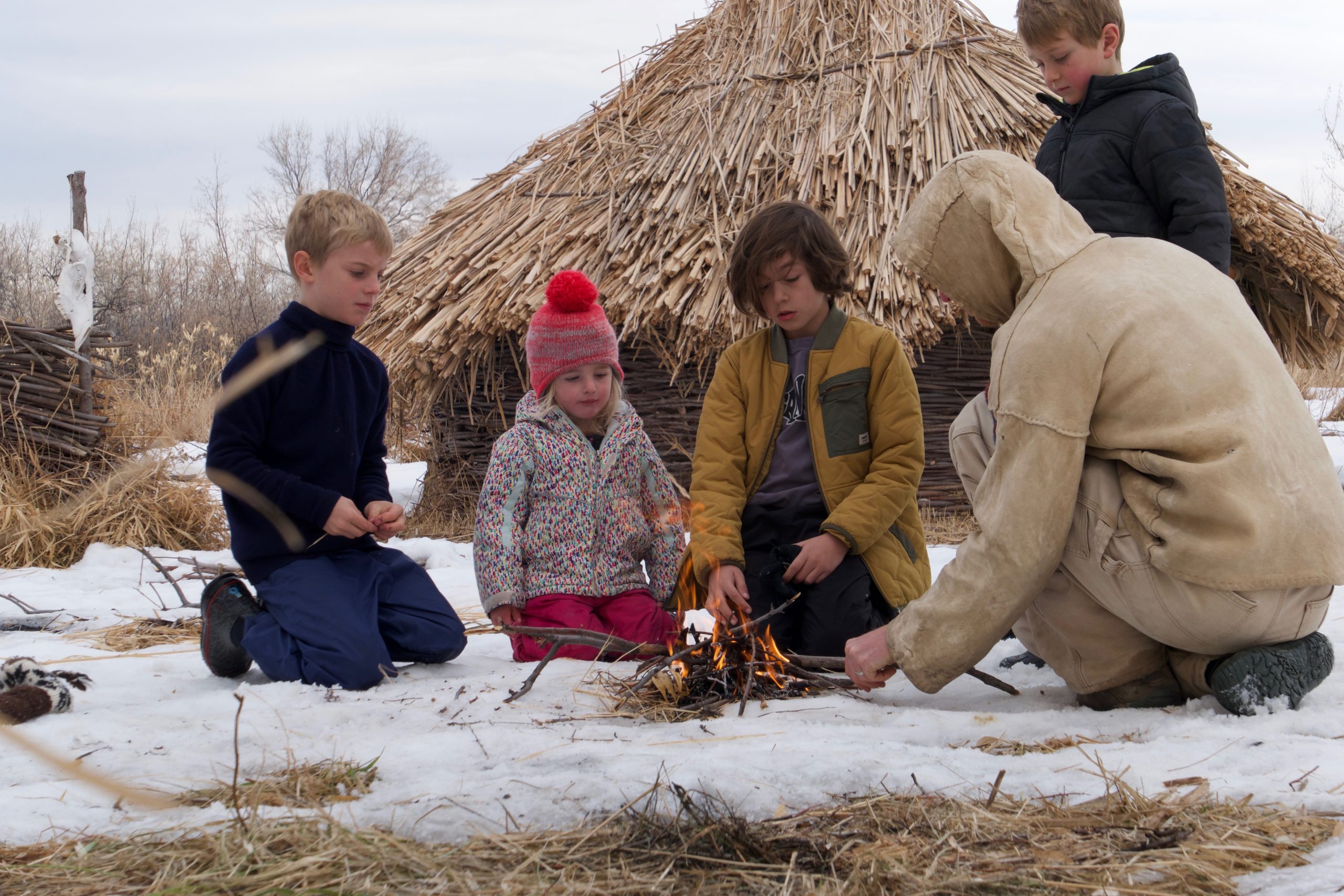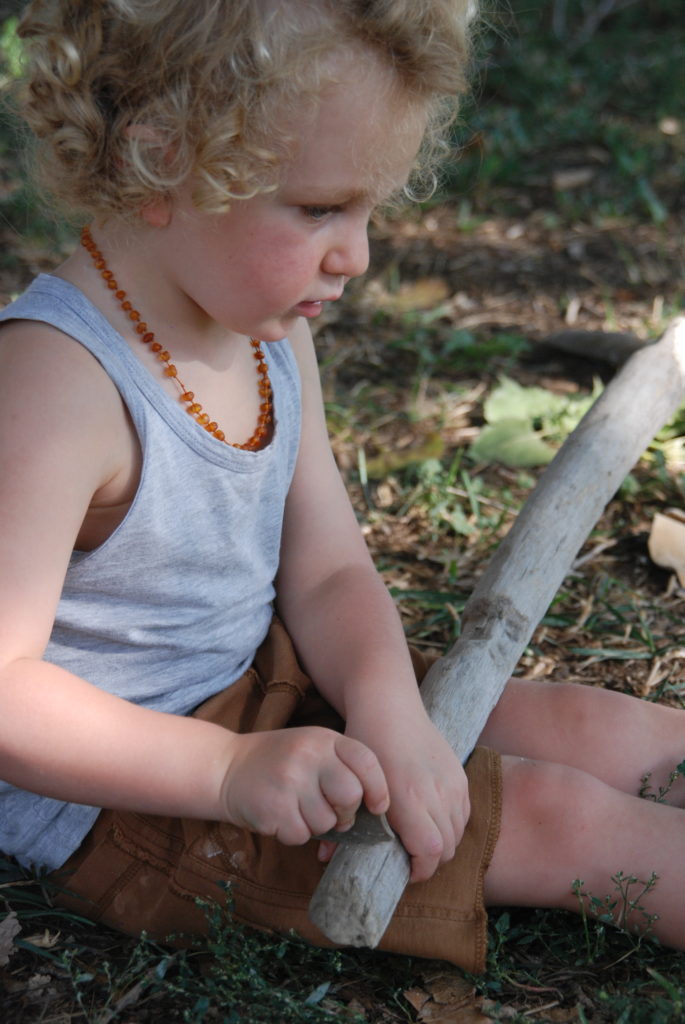
Creating the Culture
By Neal Ritter

Children love to learn. Think about language. Hours and years of trial and error, making sounds, trying to fit words together to communicate. Crawling, walking, movement are areas we spend years struggling to master. Most of this learning is assisted by an immersive environment. Babies are surrounded by people who talk, walk and run. Similarly food choices or fashion sense is often developed through exposure to our surroundings. Learning skills, primitive or otherwise is no different. We create immersive environments in which our children learn to pursue to skills of their cultures. Operating digital technology is a great example of this. When neither my wife nor I had smart phones, our toddlers could take pictures, zoom in and out of images, and manipulate many of the phone’s features.
One of the best tools to teach primitive skills is to practice those same skills in an inviting way. Our homeschool students come out each week and see us using homemade sandals, carving spoons, and lighting the fire by friction. At adult workshops participants see how we store our handdrill kit, or the sheath we made for our knife. Surrounded by the spectacular yet unpredictable Colorado weather, we have tule sun hats, or cattail sitting mats for the wet ground.
With our children it was the same. Folks are amazed to hear our children got their first knives at age 4. What they don’t realize, is that our children began whittling around age 2. In the early years, I would sit with them, literally holding their hands to safely support their learning. It took a couple of years before they were able to safely carve on their own. Yet they were surrounded by daily, skillful knife use. They both started making fires in our woodstove around age 4, learned to shoot bows and use machetes and axes. None of this involved formal, didactic learning, but rather immersion in our family’s lifestyle. We consciously created opportunities for our children to immerse themselves in the skills we value.
Children learn to reflect the culture they are a part of. As adults, and educators, we have the choice to create the culture that surrounds them, giving them the time and tools to grow into fulfilled, creative and compassionate humans.



